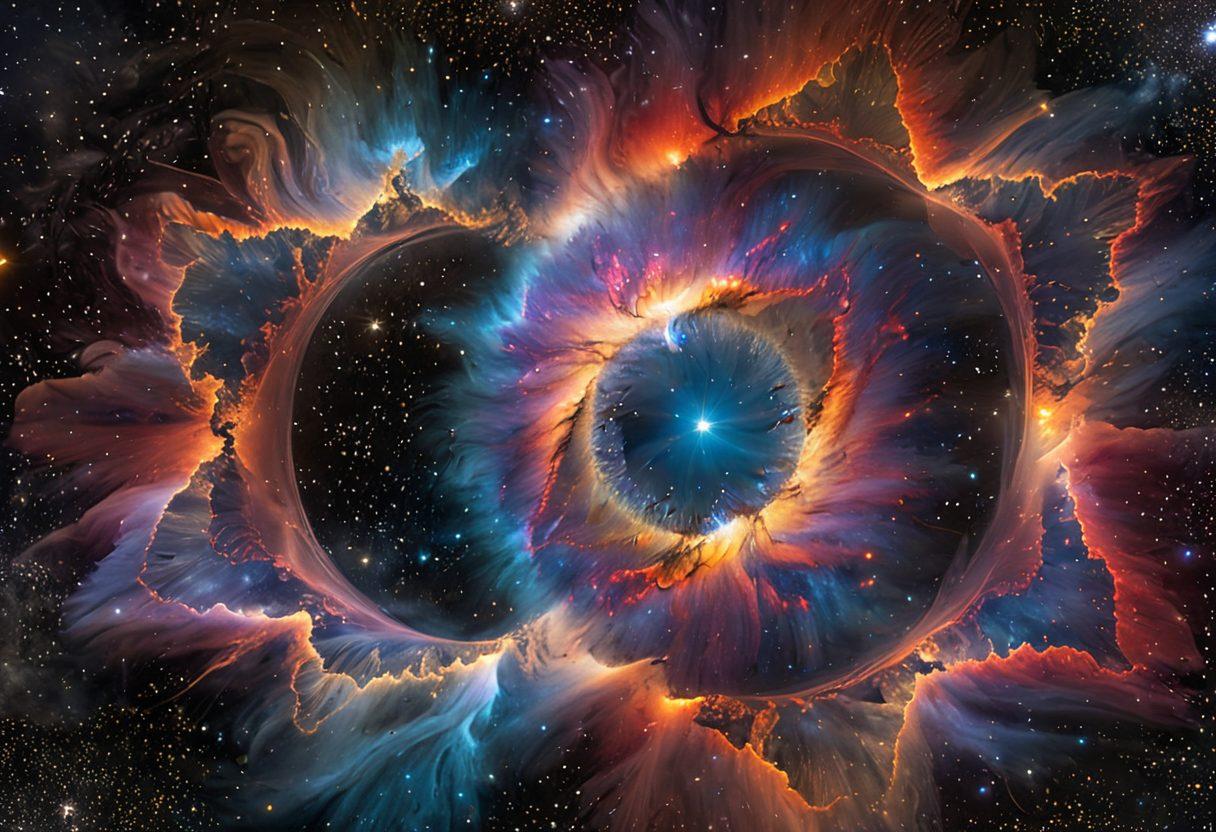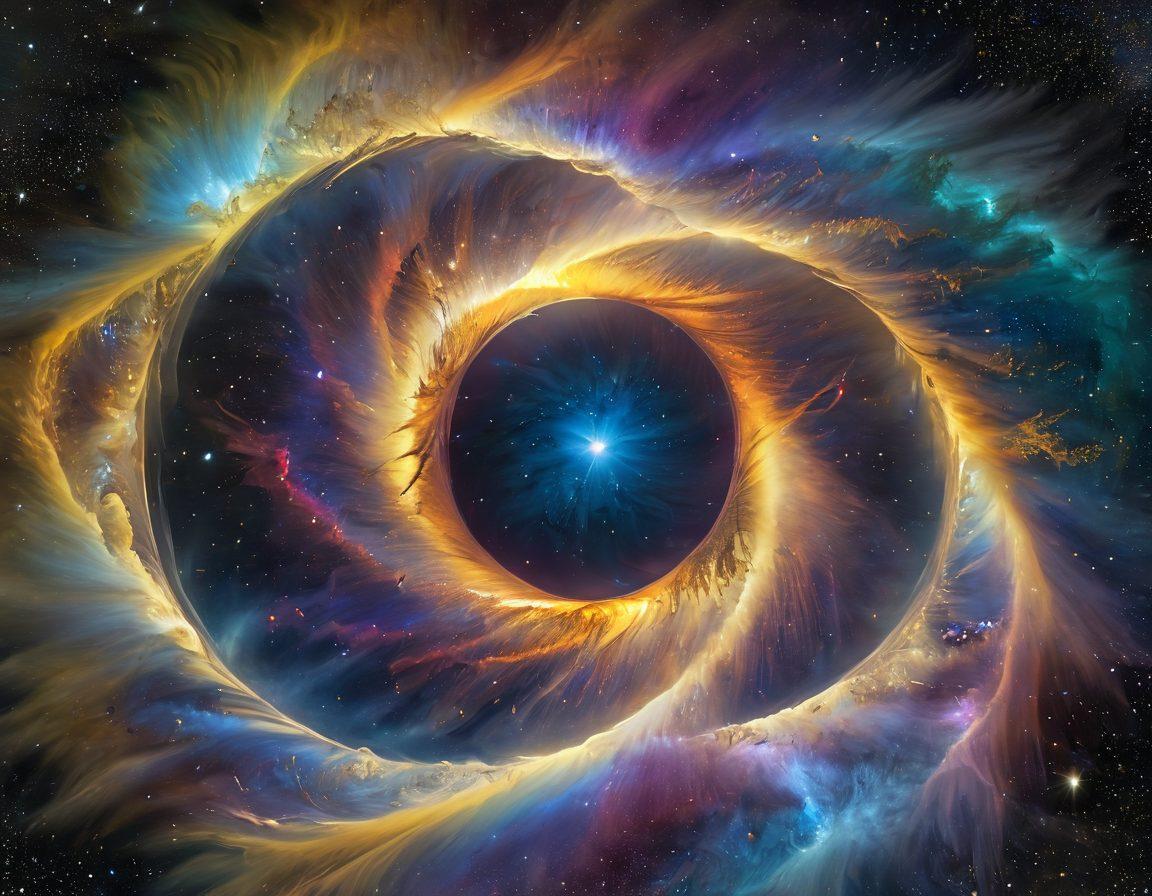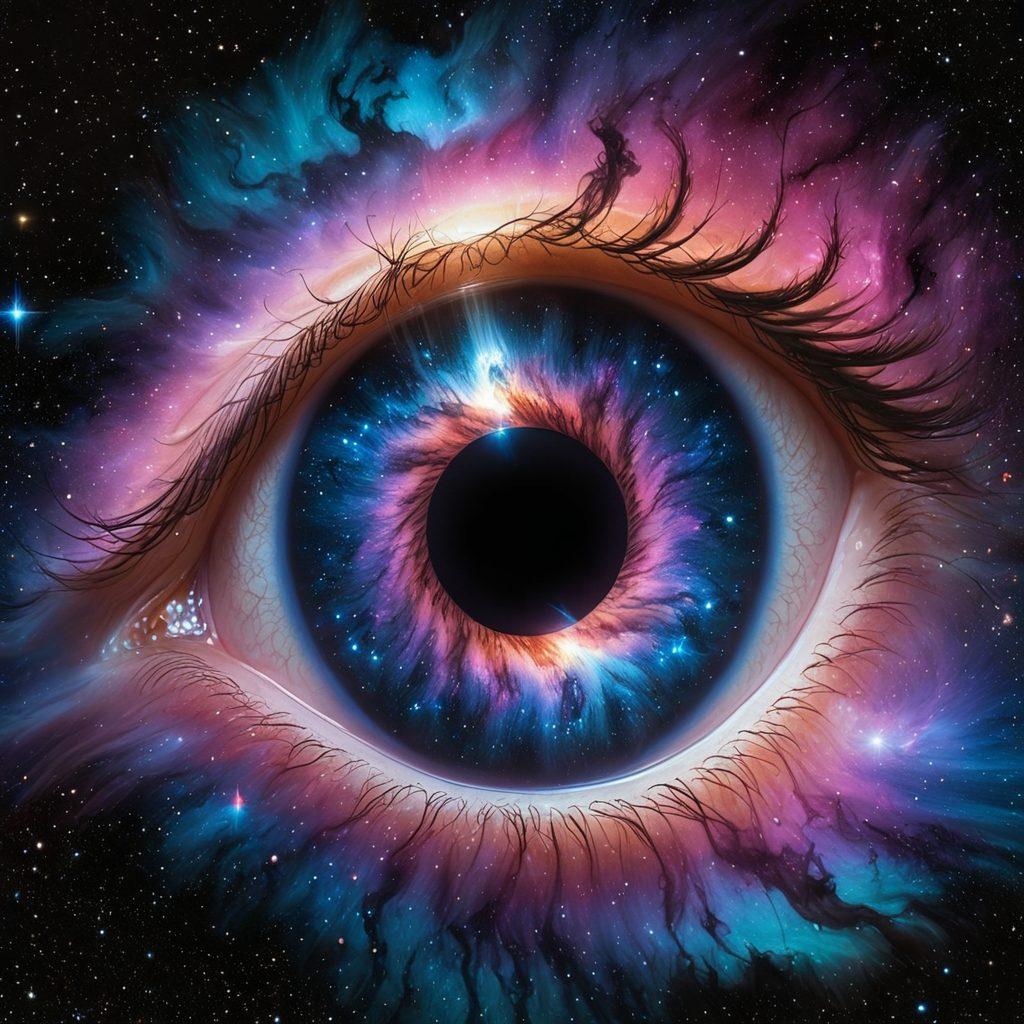Unveiling the Wonders of Helix Nebula: A Journey Through Cosmic Clouds and Stellar Formations
Have you ever gazed up at the night sky and wondered what mysteries lie beyond our blue planet? If so, welcome to an astounding adventure through the Helix Nebula—the cosmic gem that illuminates the vast canvas of outer space. This remarkable nebula is not just a dazzling display of color; it represents a magnificent chapter in the book of astronomical exploration. So, grab your telescope and let’s embark on a journey into the heart of the Helix Nebula, where stellar formations and cosmic clouds await our discovery.
The Helix Nebula, often referred to as the "Eye of God," stands as one of the closest nebulae to Earth, sitting approximately 650 light-years away. Its breathtaking beauty unfolds as an intricate weave of gases and dust, dazzling astronomers and space enthusiasts alike. Have you ever considered how the stunning colors in the Helix Nebula come to life? The vibrant hues are the result of intense stellar winds and radiation from its central star—an extraordinary reminder of the processes at play in the universe. From ethereal blues to fiery reds, each color tells a unique story in this celestial tapestry.
Imagine standing on an alien world, gazing up at this luminous eye, a portal into the cosmos. The Helix Nebula is a perfect case study for understanding the life and death of stars. Within its vibrant swirls lie remnants of a dying star, a cosmic phenomena that teaches us about the cycle of stellar evolution. Want a fun fact? The Helix Nebula is a planetary nebula, which forms after a star like our Sun exhausts its nuclear fuel, shedding its outer layers into the cosmos. This process not only creates a stunning visual spectacle but also contributes to the cosmic matter that will one day form new stars, planets, and possibly life. Isn't it fascinating how the universe constantly recycles itself?
Cosmic clouds, like the ones found in the Helix Nebula, play a crucial role in our universe. They are the breeding grounds for new stars and offer a glimpse into the dynamic processes that govern galaxies. In the age of space exploration, telescopes such as those operated by NASA allow us to peer deeper into the cosmos than ever before. These technological marvels provide rich data for research articles, revealing the mysteries of both stellar observations and astronomical events. Could this be the key to unlocking the secrets of interstellar travel and uncovering more about our place in the universe?
If you are captivated by these phenomena, consider diving deeper into educational resources or science articles that explore nebulae and other cosmic wonders. Whether you’re a casual observer or a passionate enthusiast, every star-filled sky holds secrets waiting to be unveiled. Share your experiences and thoughts in this journey through the cosmos on your own online journal or blog—after all, the universe is not just a place we look at; it is a story waiting to be told, one stellar formation at a time. Join the conversation in the astronomical blog community and let’s embrace the mysteries that lie beyond the stars!
The Helix Nebula Uncovered: Insights into Stellar Birth and Death
Imagine looking deeply into the night sky, where the stars twinkle like diamonds scattered upon a velvet canvas. Among these celestial wonders, the Helix Nebula stands out, a breathtaking spectacle of luminous hues and intricate patterns. But what truly lies within this cosmic cloud? In this blog, we will uncover fascinating insights into the Helix Nebula, exploring the profound processes of stellar birth and death, allowing us to glimpse the lifecycle of stars. We invite you on this journey of astronomical exploration to witness the majestic beauty and complexity of our universe!
The Helix Nebula, often referred to as the 'Eye of God', is a planetary nebula located approximately 650 light years away in the constellation Aquarius. It serves as an extraordinary example of the vivid cosmic phenomena that can occur in outer space. Created during the final stages of a star's life, this celestial formation illustrates the dramatic transition from star to nebula, leading us to ponder: what secrets do these cosmic clouds hold? Delving into the ethereal depths of the Helix Nebula offers not just eye candy for astronomy buffs but also valuable scientific discoveries related to stellar evolution and the eventual fate of our own Sun.
As we navigate through the wonders of the Helix Nebula, we start to observe the exquisite dance of gases and stellar formations. This nebula contains a magnificent structure of intricate filaments that display a delicate tapestry woven by the stellar winds and the radiation from the dying star at its center. This story of cosmic collaboration does more than just dazzle your senses. It reveals vital information about the life cycles of stars. Each flicker of light tells us tales of ancient cosmic events, a reminder that even in the vastness of space, there is interconnectedness. What can we learn from these celestial events and how can they shape our understanding of the cosmos?
The Helix Nebula is not only a visual marvel but also a platform for scientific content and inquiry. For instance, telescopes like the Hubble Space Telescope have captured stunning images of this nebula, providing educational resources that scientists and enthusiasts use to study and understand its formation. Articles rich in observational data and theoretical astrophysics extend our comprehension of space. So whether you’re an aspiring astronomer or a casual stargazer, immersing yourself in this knowledge through an astronomical blog can ignite your curiosity about the universe and its endless mysteries. How can the writings from scientists in this field inspire future generations to explore further?
Finally, it’s essential to reflect on how the Helix Nebula and similar nebulae represent more than just celestial objects; they are gateways to understanding our place in the universe. As we continue to advance in space exploration, thinking about interstellar travel and the ongoing journey of discovery reminds us that we are all a part of this vast cosmic story. The Helix Nebula, with its mesmerizing beauty and profound significance, serves as a powerful reminder of our quest to understand the universe we inhabit. What will the next generation of stellar observations uncover, as we unravel the mysteries of the cosmos—together?
Exploring Cosmic Clouds: The Mysteries of Helix Nebula and Its Impact on Astrophysics
Have you ever gazed up at the night sky and wondered about the cosmic wonders hiding within? One of the most captivating sights in the universe is the Helix Nebula, a stunning example of celestial beauty and complexity. As we embark on this journey to explore cosmic clouds and stellar formations, we unravel the mysteries behind these astronomical phenomena. Join me as we dive deep into the realm of the Helix Nebula and its profound impact on astrophysics, offering insights that could inspire new scientific discoveries for generations to come.
The Helix Nebula, often dubbed the "Eye of God," is a planetary nebula located about 700 light-years away in the constellation Aquarius. This breathtaking nebulae serves as an exquisite reminder of the life cycle of stars and the intricate dance of cosmic clouds. Why do we need to pay attention to such wonder? Because the Helix Nebula is more than just a striking visual; it plays a key role in our understanding of the universe. Researchers utilize telescopes equipped with advanced imaging technologies, shedding light on the gas and dust formations that contribute to stellar birth and death.
As we explore the implications of the Helix Nebula, we can't help but ask: How does it connect to the greater tapestry of the cosmos? This nebula is a product of stellar evolution, encapsulating the remnants of a star that has shed its outer layers. Such cosmic events provide vital clues about the life cycles of other galaxies and the dynamics of the universe. Through the lens of theoretical astrophysics and cosmology, scientists aim to decode these celestial events, piecing together a more comprehensive picture of how our universe operates and evolves over eons.
Imagine peering through a powerful telescope and being awestruck by the vivid colors of the Helix Nebula, resembling a colorful cosmic tapestry. These marvelous displays of light not only inspire astronomers but also the public, igniting a passion for space exploration and interstellar travel. This is where online journals and astronomical blogs come into play. By sharing research articles, science news, and educational resources about phenomena like the Helix Nebula, they motivate budding scientists and curious minds alike to engage with space and the mysteries of the outer space, fostering a culture of inquiry.
In conclusion, the Helix Nebula is more than just an object of beauty; it holds the keys to many unanswered questions in the realm of astrophysics. Each observation brings us closer to unraveling the intricate connections between cosmic clouds, stellar formations, and the evolution of galaxies. So, the next time you look up at the starry sky, remember the wonders that lie within it. Always keep an inquisitive mindset and explore resources that expand your knowledge about the universe. As we continue our journey of space exploration, let us remain curious and dedicated to understanding the cosmos, one celestial event at a time.


